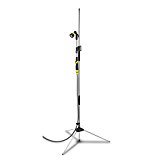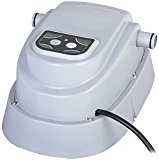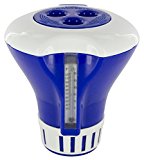Pool vacuum purchasing advice: how to choose the right product
- The most important facts in brief
- Pool vacuums are important tools for pool hygiene.
- They remove dirt from the bottom of a pool and thus ensure clean water.
- Vacuum pool cleaners must be connected to the pool’s filter system for cleaning.
Practical pool cleaning aid
Having your own swimming pool in the garden means relaxing and cooling off on hot days – whether it’s a simple pool for standing on, a polyester pool or a permanently installed and tiled pool. But the fun of swimming also comes with responsibilities, such as cleaning the pool. This must be done regularly, after all, it is no fun for anyone to swim in a dirty pool. In addition to a filter system and cleaning agents for the water, a pool cleaner is also essential to remove dirt from the floor and walls. A pool hoover, a kind of hoover for swimming pools, is the tool of choice here. Here, the choice is between an inexpensive, manually operated floor vacuum cleaner or a so-called pool robot.
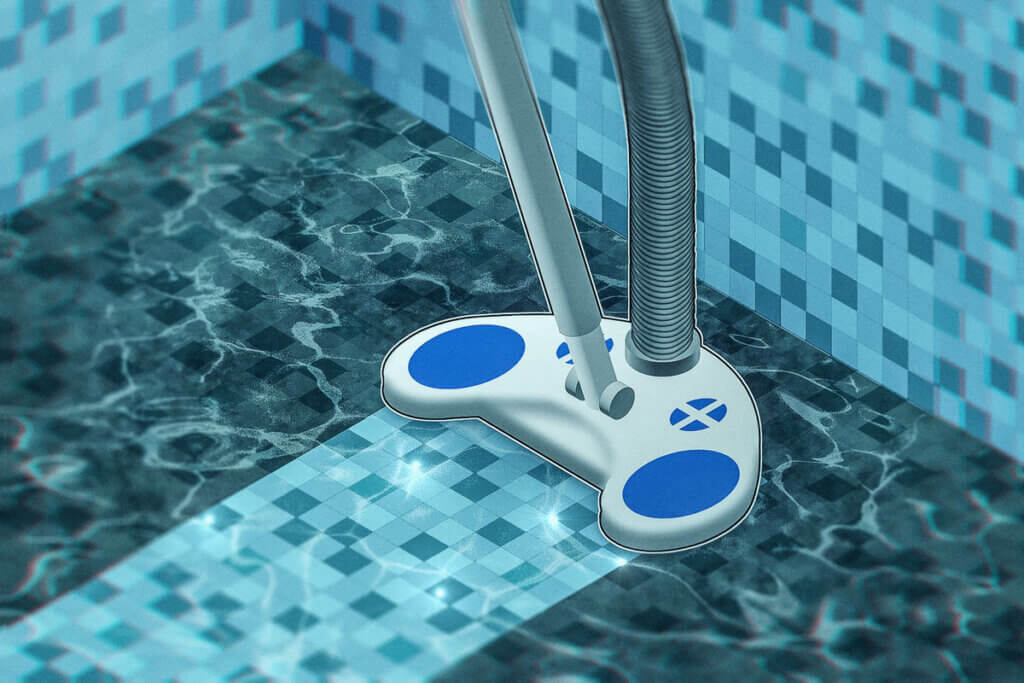
What manual pool vacuums are there?
The classic and simplest version of a pool vacuum consists of three components: a brush head, a telescopic rod and a suction hose. Such models are connected to the pool’s filter system and do not need their own power supply. Versions with a rechargeable battery, on the other hand, have their own integrated filter system.
Vacuum pool cleaner
The way a vacuum pool cleaner works is as simple as it is ingenious. The suction hose, which is connected to the brush head, is connected to the skimmer or directly to the filter system. With the help of the telescopic rod, which users screw onto the brush head, the pool vacuum is moved over the floor by hand. While the bristles loosen dirt from the floor, the filter system ensures that dirt particles are sucked up and passed on to the filter system. The suction power of a manual pool vacuum cleaner depends 100 percent on the performance of the filter system. Some pool vacuums have a pre-filter that already collects the coarsest dirt so that the filter system is less loaded.
Pro points
- No electricity connection necessary
- Inexpensive purchase
- Good cleaning performance
Drawbacks
- Physical effort necessary
- Time-consuming
Venturi pool vacuum
Venturi pool vacuums are even easier to use than vacuum models. They are particularly recommended if it is not possible to connect the pool vacuum to a filter system, as is often the case with above-ground pools. For this type of cleaning to work, the pool vacuum cleaner must have its own filter bag. A garden hose is connected instead of the suction hose. Venturi cleaning is quick and easy, but not as thorough as vacuum cleaning.
With the Venturi pool vacuum, users connect the garden hose directly to the connection piece on the brush head. The water tap is then turned on so that a water roller forms on the underside of the vacuum cleaner. This swirls up the dirt and transports it into the attached filter bag. Users must be aware that the water level of the pool increases as water is added.
Pro points
- Suitable for pools without a filter system
- Inexpensive purchase
Drawbacks
- Low cleaning performance
- Physical effort necessary
- Raises the water level
Rechargeable pool vacuum
Many manufacturers in the pool hygiene sector also have battery-operated pool vacuums in their range. Unlike ordinary manual pool vacuums, they do not have to be connected to a filter system, as they have both their own filter system and an integrated power source. This has the advantage that their suction power does not depend on the filter system, but only on the power of the built-in electric motor. They are a good solution for smaller pools where the use of a pool robot is not yet worthwhile. However, they cost many times more than a conventional vacuum pool cleaner.
Pro points
- Works without electricity
- Own filter system
Drawbacks
- Must be operated manually
- Costly purchase
For whom is a manual pool vacuum suitable?
If you’re looking for a pool or swimming pool cleaning aid, you’re likely to come across fully or semi-automatic pool robots in addition to pool vacuums that are guided by hand. So why not let the robots do the work instead of doing it yourself? This is primarily a question of cost: pool robots are many times more expensive than manual pool vacuums. So the investment is hardly worth it for a small pool. Here, the work is done relatively quickly by hand.
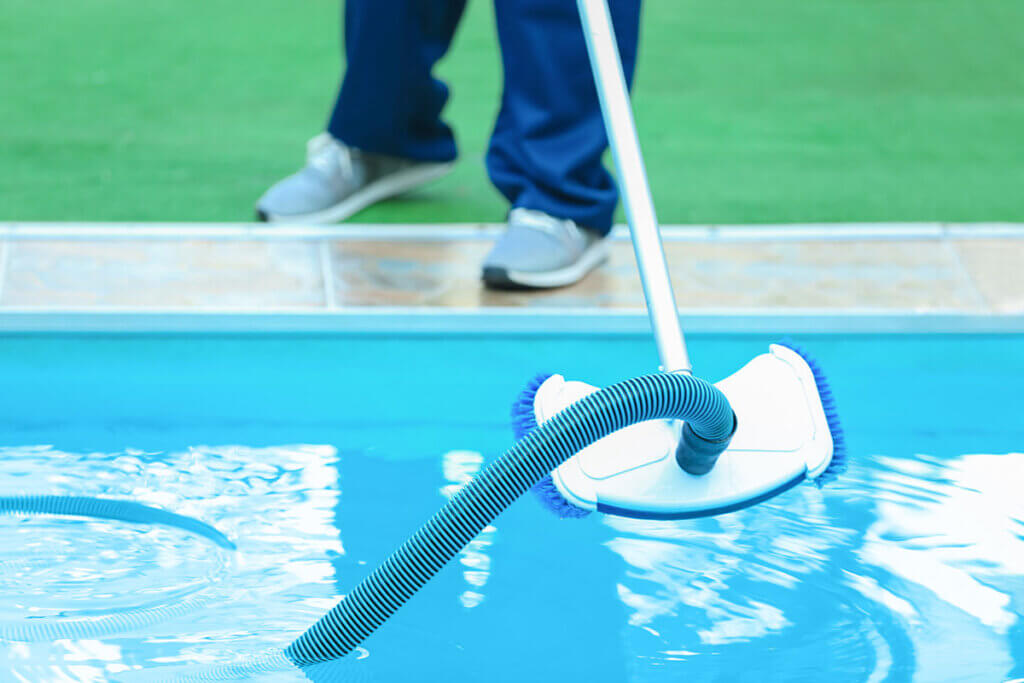
There is another reason why manual pool vacuums are recommended for small pools: they actually work more precisely and cleanly than pool robots. If there is a lot of dirt, the robots reach their limits anyway and the only thing that helps is to take matters into your own hands. In principle, manual cleaning with a pool vacuum cleaner is recommended for pools up to 20 square metres in size, which corresponds to a round pool of about five metres in diameter. Manual pool vacuums are basically suitable for all types of swimming pools and garden pools, be they fixed walled pools, foil pools or polyester pools.
Important purchase criteria for pool vacuum cleaners
The pump capacity of the pool filter system is decisive for the suction and thus cleaning performance of vacuum pool cleaners. With battery-operated devices, on the other hand, it is the power of the built-in pump that counts. Make sure that the pool vacuum has a sufficient reach to reach all corners of the pool.
Pump output
The higher the pump capacity, the more effectively the pool vacuum works. With vacuum pool cleaners, however, the suction power depends on the power of the pool filter system. The stronger it pumps, the higher the suction power of the vacuum cleaner. For smooth and effective operation, the filter system should circulate 2,500 to 4,000 litres of water per hour. With a lower capacity, it is possible that not all impurities will be completely sucked up.
Pre-filter
High-quality manual pool vacuum cleaners have a pre-filter. The purpose of this is to filter out coarse particles before they reach the filter system. This reduces the load on the filter system. The filtered particles end up in a plastic container that can be opened for cleaning.
Brush head equipment
In order to loosen dirt more easily, pool vacuums are equipped with a brush head. The bristles are usually made of plastic, often nylon. Nylon bristles are suitable for all surfaces, but work particularly effectively in foil and polyester pools. Soft, flexible nylon bristles are also well suited for tiled pool floors, where dirt is particularly stubbornly deposited in the joints. For cleaning corners, it is advantageous if the brush head also has bristles on the sides. Some models have a weight in the brush head that makes it easier to work against the buoyancy of the water.
Range
The operating range of a pool vacuum cleaner is determined by two features: the length of the telescopic wand and the length of the suction hose. The suction hose is not required for cordless pool vacuums, as they have their own integrated filter. When extended, the length of the telescopic pole should be at least equal to the depth of the pool. Even with small pools, the suction hose is ideally at least six metres long. However, longer hoses can also be found. With every pool vacuum cleaner, the manufacturer specifies a maximum diameter of the pool. This diameter corresponds to the area that the vacuum covers.
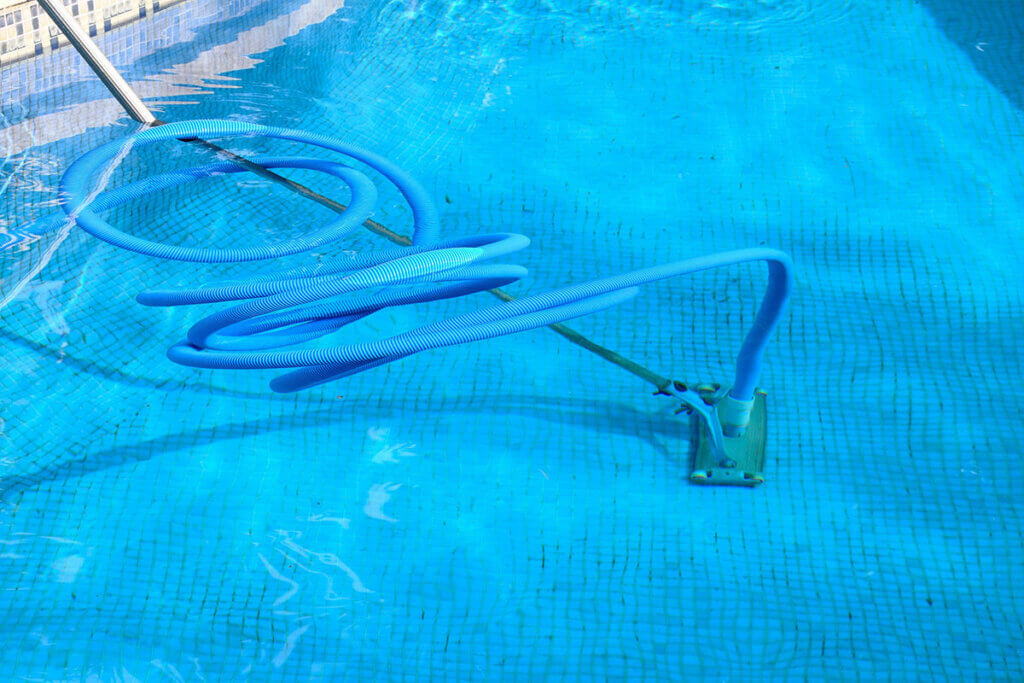
Costs
How much a pool vacuum costs depends mainly on the type of model. Battery pool vacuums are generally more expensive than purely manual vacuum or Venturi pool vacuums. A classic manual pool vacuum costs between 15 and 50 euros. Pool owners who don’t mind doing it themselves will find a satisfactory model in this price range.
Those who opt for more comfort and choose a rechargeable pool vacuum cleaner have to invest considerably more. As a rule, you will have to pay over 100 euros, often 200 and more. Under certain circumstances, it may be worth considering the purchase of a pool robot that can take over most of the pool cleaning autonomously.
How is a pool vacuum cleaner connected?
Before the pool vacuum cleaner can be used, it must be connected. Basically, there are two connection options. With some models, the suction hose is connected to the skimmer, with others it is connected to the return nozzles of the filter system. A skimmer is often connected upstream of the filter system in pools. This catches coarse dirt particles such as leaves so that they do not get into the filter system. In most cases, several connections are included in the scope of delivery that fit the common filter systems.
The following instructions can be used as an example of how to connect a pool vacuum cleaner. Of course, the connection of the device can differ from model to model. It is best to take a look at the instruction manual of your pool vacuum cleaner.
Step 1: Assemble the pool vacuum
First, the pool vacuum must be properly assembled. With most manual pool vacuums, this won’t be too difficult a task as they only consist of three components: Brush head, telescopic rod and suction hose. In the first step, however, only the telescopic rod is connected to the brush head.
Step 2: Turn on the filter system
Before you can use the pool vacuum with the suction power of the filter system, it is advisable to start it up 10 to 15 minutes beforehand. If you have a separate filter system, the two hoses for the water inlet and outlet must be placed in the water.
Step 3: Attach the adapter
Now insert the suction plate into the skimmer, which serves as a kind of adapter for the suction hose. In the case of a filter system without a skimmer, the matching adapter is attached at the height of the suction nozzle.
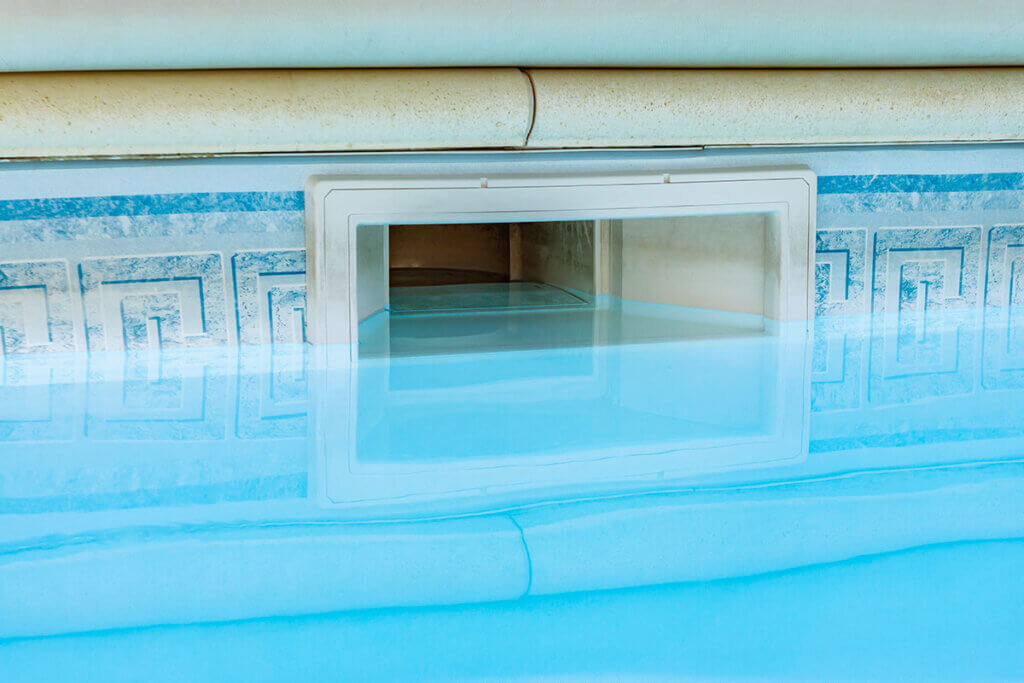
Step 4: Connect the suction hose
Now the suction hose can be attached to the pool vacuum cleaner. There are different ways of attaching it, depending on the model. Often the hose is attached to the vacuum cleaner with a clamp.
Step 5: Lower the vacuum pool cleaner into the water
After the pool vacuum has been connected to the suction hose, it is lowered into the water. Carefully lower the vacuum cleaner to the bottom using the telescopic rod. Make sure that the other end of the suction hose still remains out of the water.
Step 6: Fill the suction hose with water
Hold the suction hose in the pool so that it can fill with water. Air in the hose would impair the suction power. Wait until the air has completely escaped from the hose.
Step 7: Connect the hose to the skimmer
When the suction hose only contains water, it is connected to the suction plate of the skimmer or, in the case of a filter system without a skimmer, to the corresponding adapter. Now you can start cleaning.

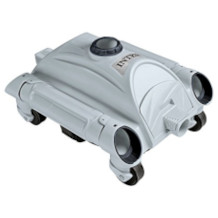
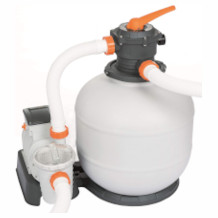
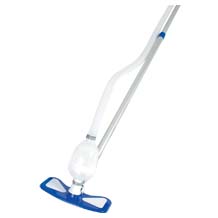
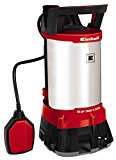
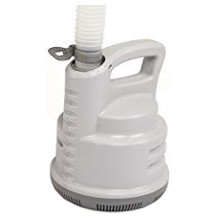












 3,280 reviews
3,280 reviews

